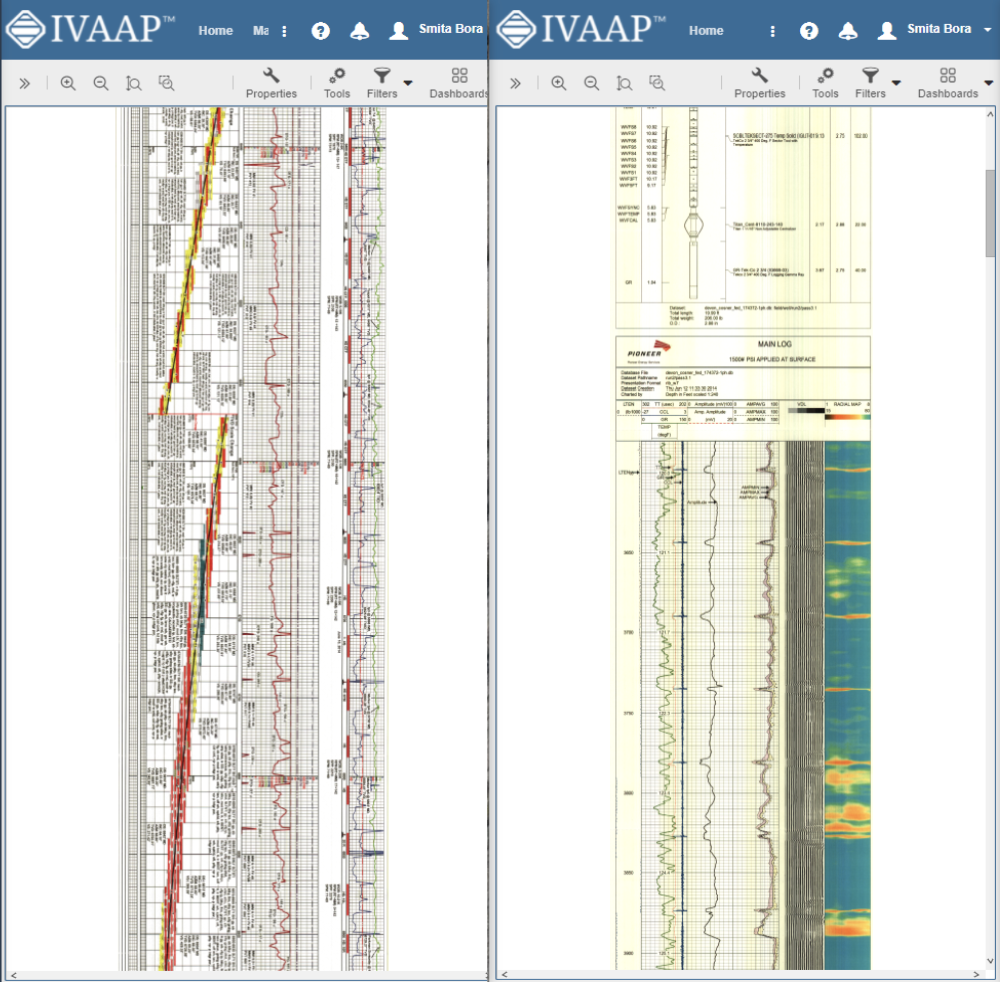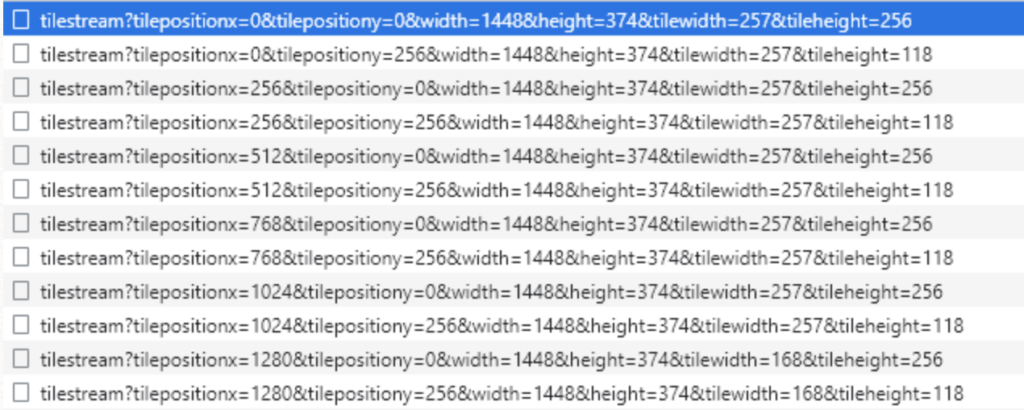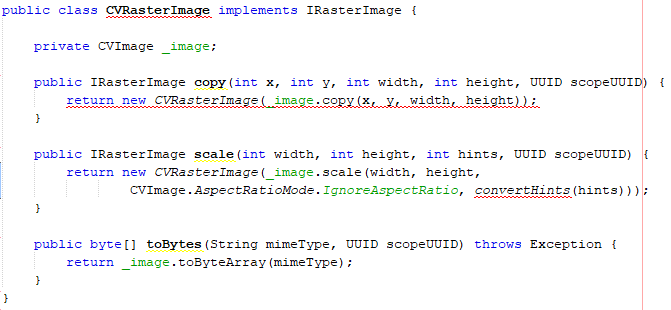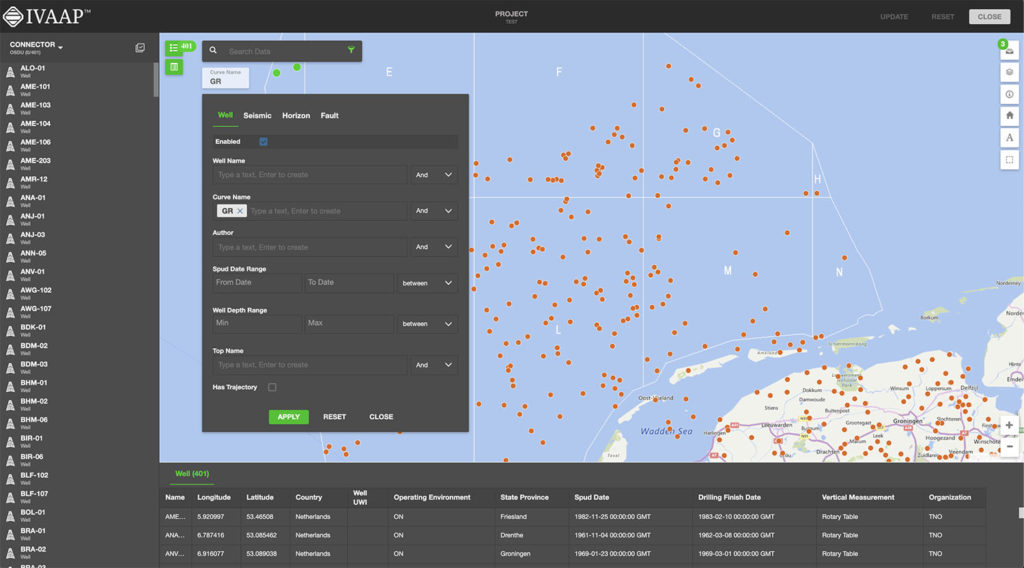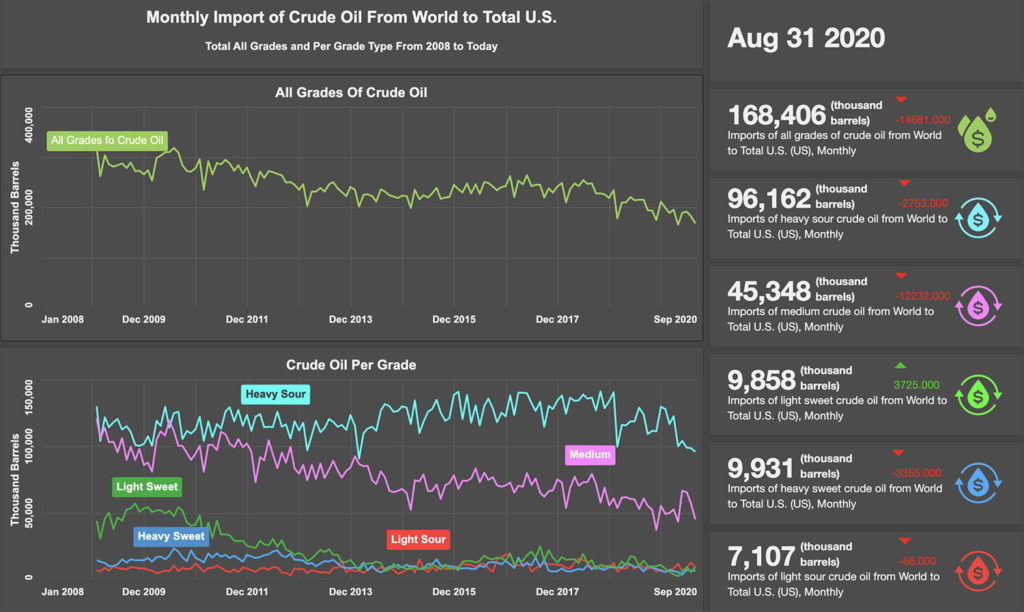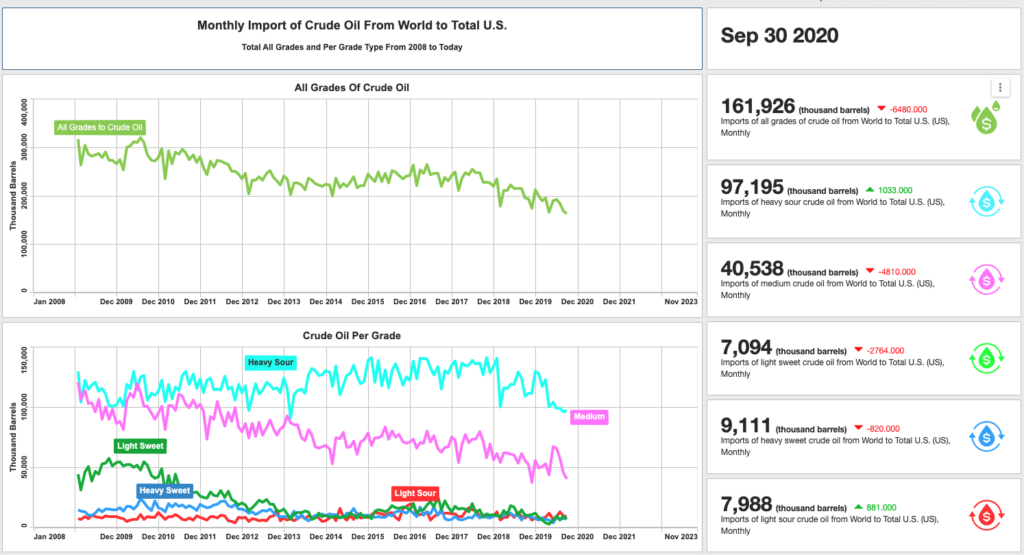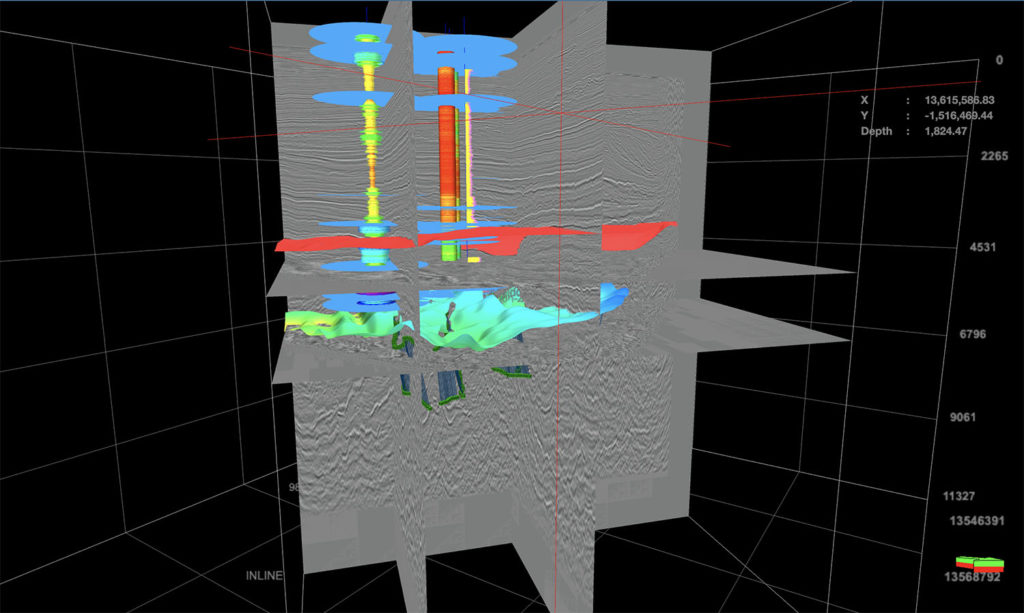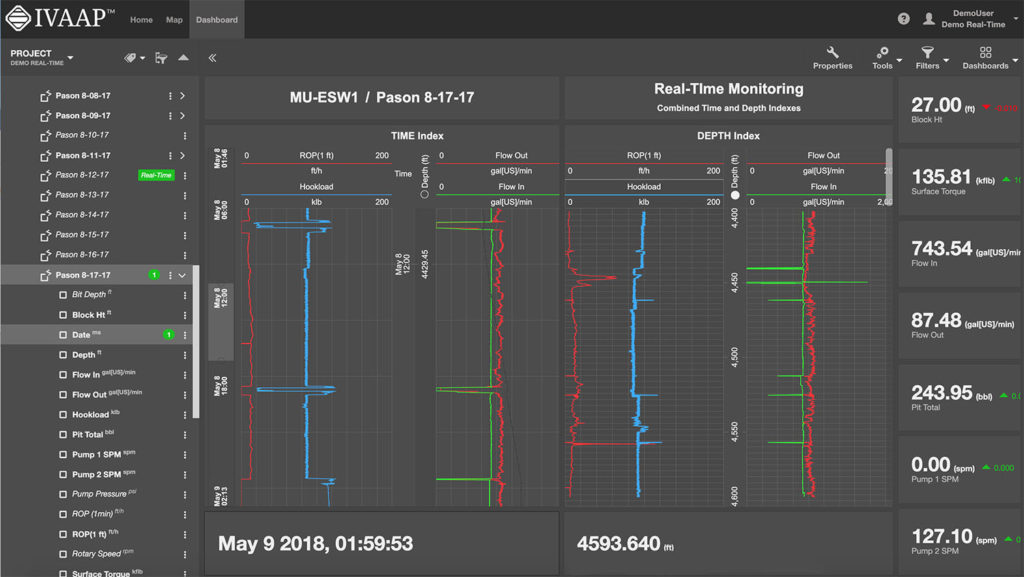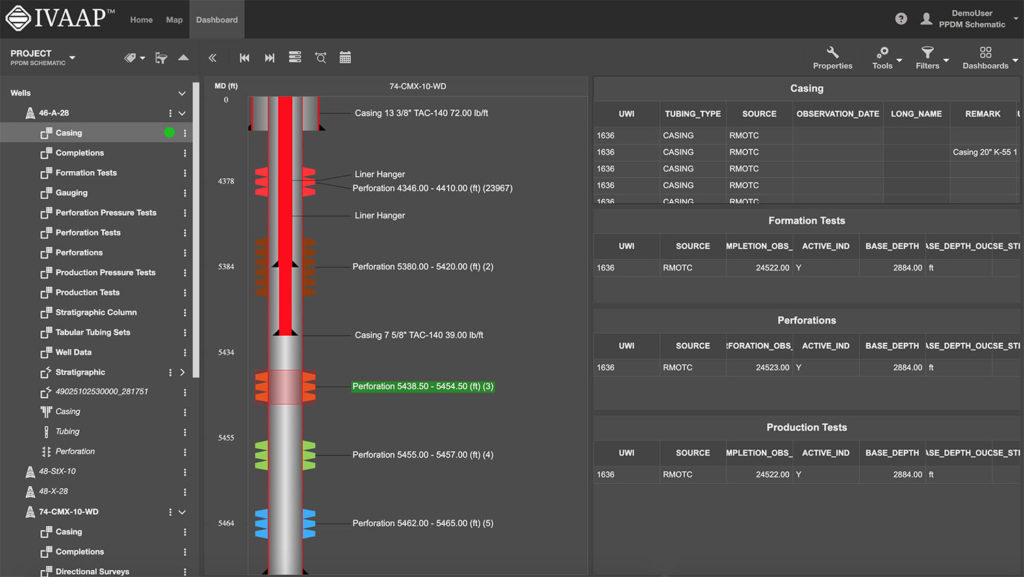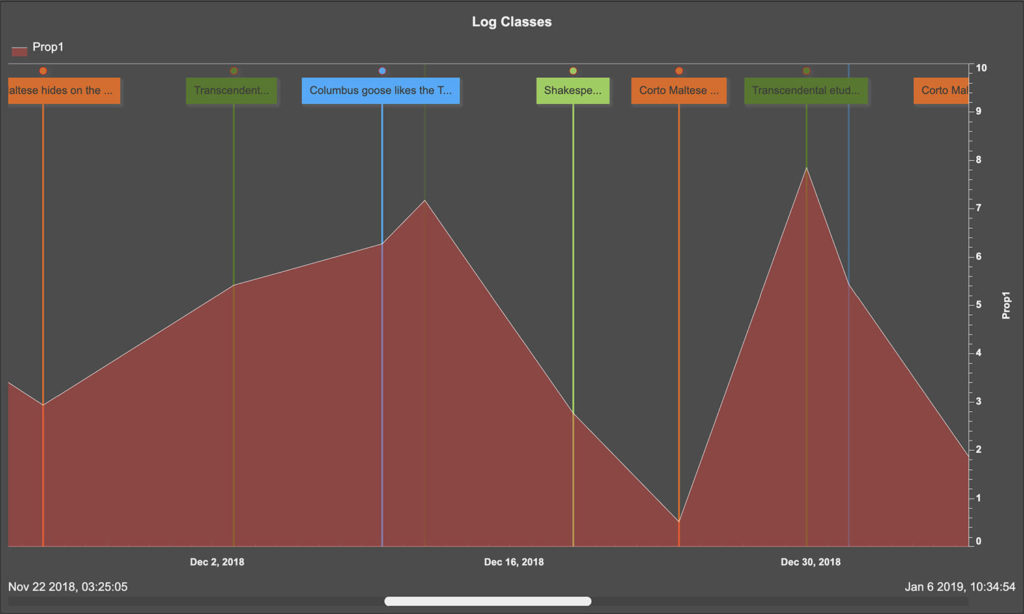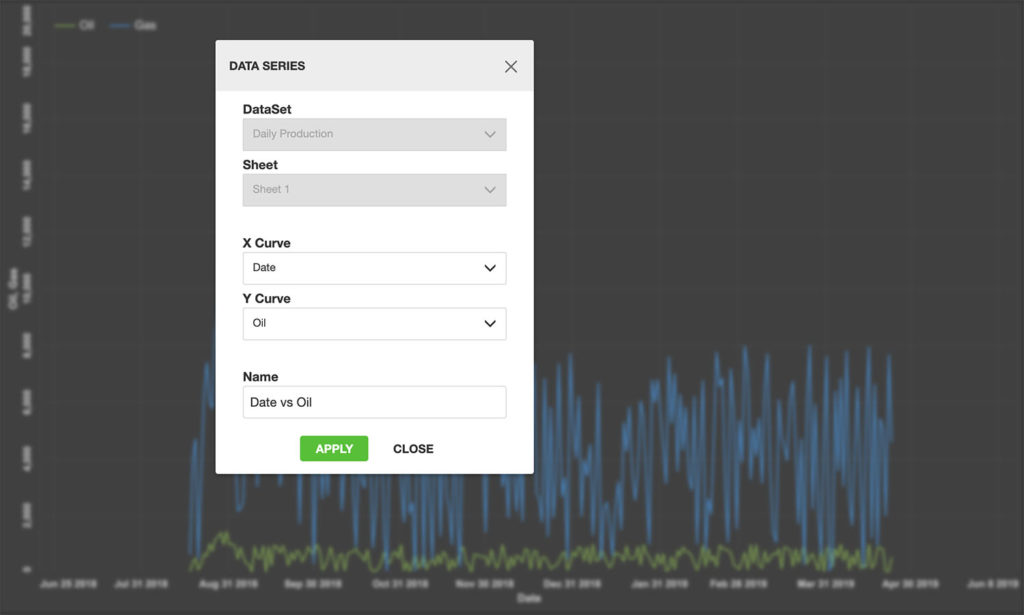HOUSTON, TX – INT, a leader in data visualization software for the Energy industry, is proud to announce a significant milestone in its commitment to data security and customer trust. We have achieved SOC 2 compliance, underscoring our unwavering dedication to safeguarding your data and upholding the highest standards in information security.
What is SOC 2 Compliance?
SOC 2 (System and Organization Controls 2) compliance is an internationally recognized standard that assesses an organization’s ability to securely manage customer data. Achieving SOC 2 compliance means that INT has undergone rigorous third-party audits to validate our adherence to strict security controls and practices.
Why SOC 2 Compliance Matters
At INT, we understand that data is one of your most valuable assets. SOC 2 compliance assures you that we have implemented robust measures to protect your sensitive information from unauthorized access, data breaches, and other security threats. Your data’s confidentiality, integrity, and availability are our top priorities.
Our Commitment to Data Security
Our journey to SOC 2 compliance involved comprehensive assessments of our security practices across key areas, including security, availability, processing integrity, confidentiality, and privacy. These assessments have allowed us to identify and address potential vulnerabilities, ensuring that your data remains in safe hands.
Third-Party Validation
To earn our SOC 2 compliance certification, we enlisted the services of The Johanson Group, a renowned third-party auditing firm to thoroughly assess our security controls and practices. This independent validation demonstrates our unwavering commitment to transparency and accountability in data security.
What SOC 2 Compliance Means for You
By choosing INT, you gain a trusted partner that not only values your data but also takes concrete steps to protect it. Our SOC 2 compliance reflects our dedication to earning your trust and providing you with a secure environment for your data.
For more information about our SOC 2 compliance or to access our SOC 2 documentation, please visit our dedicated compliance/security page at int.com/security. If you have any questions or require further information, please contact us at int.com/contact-us/.

